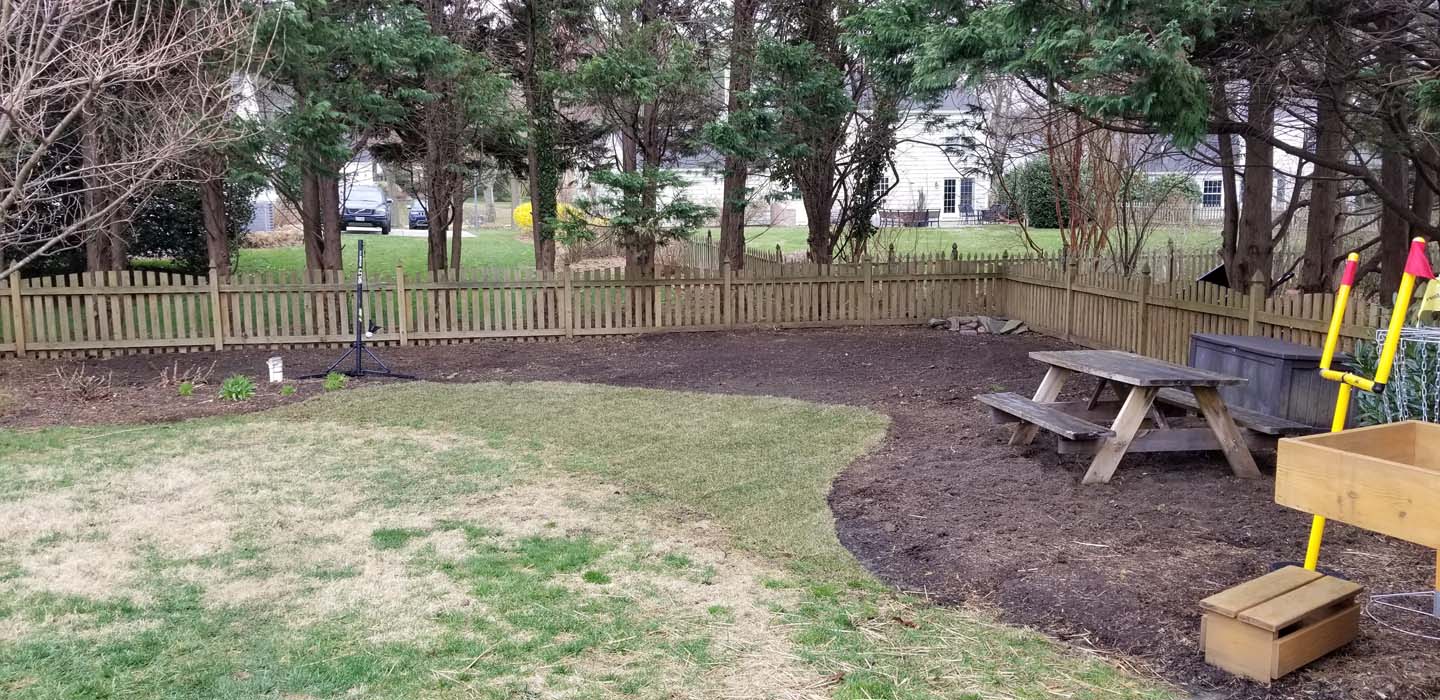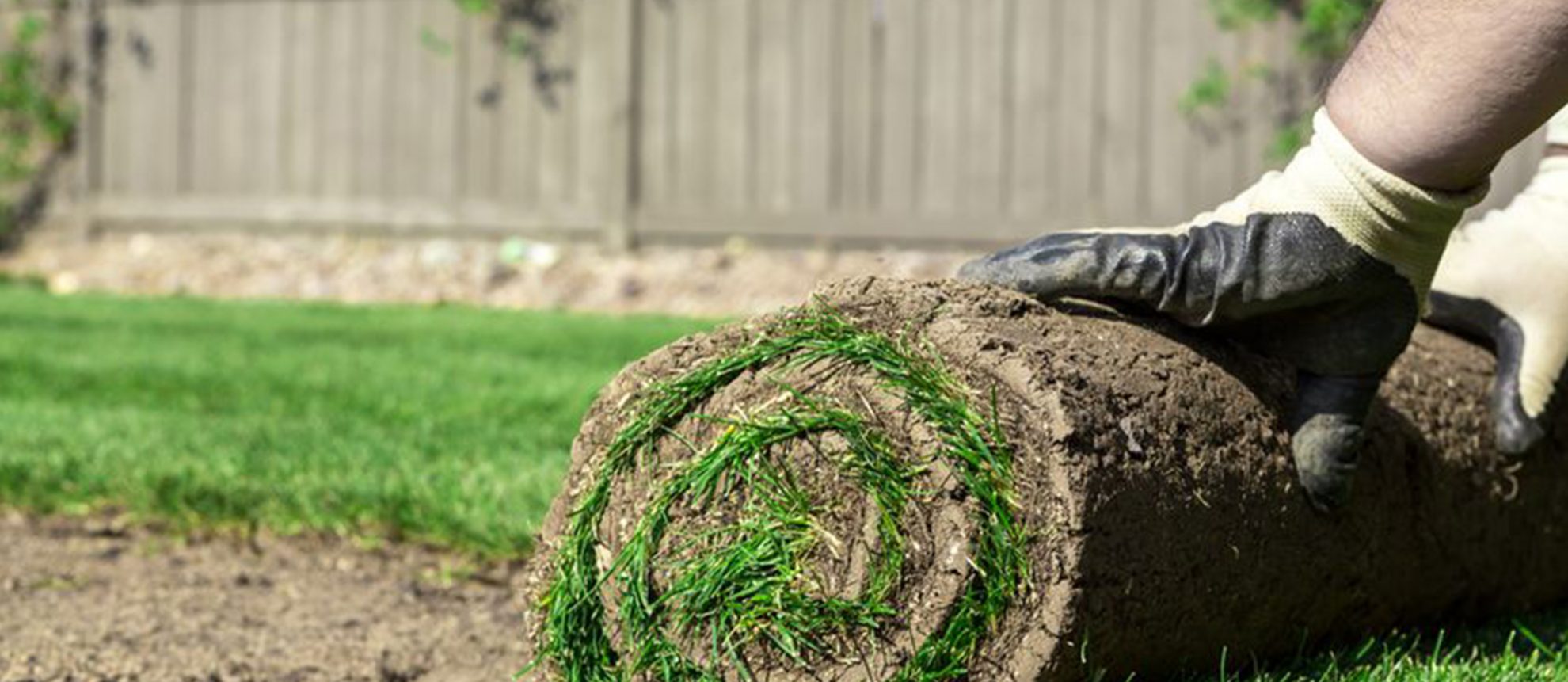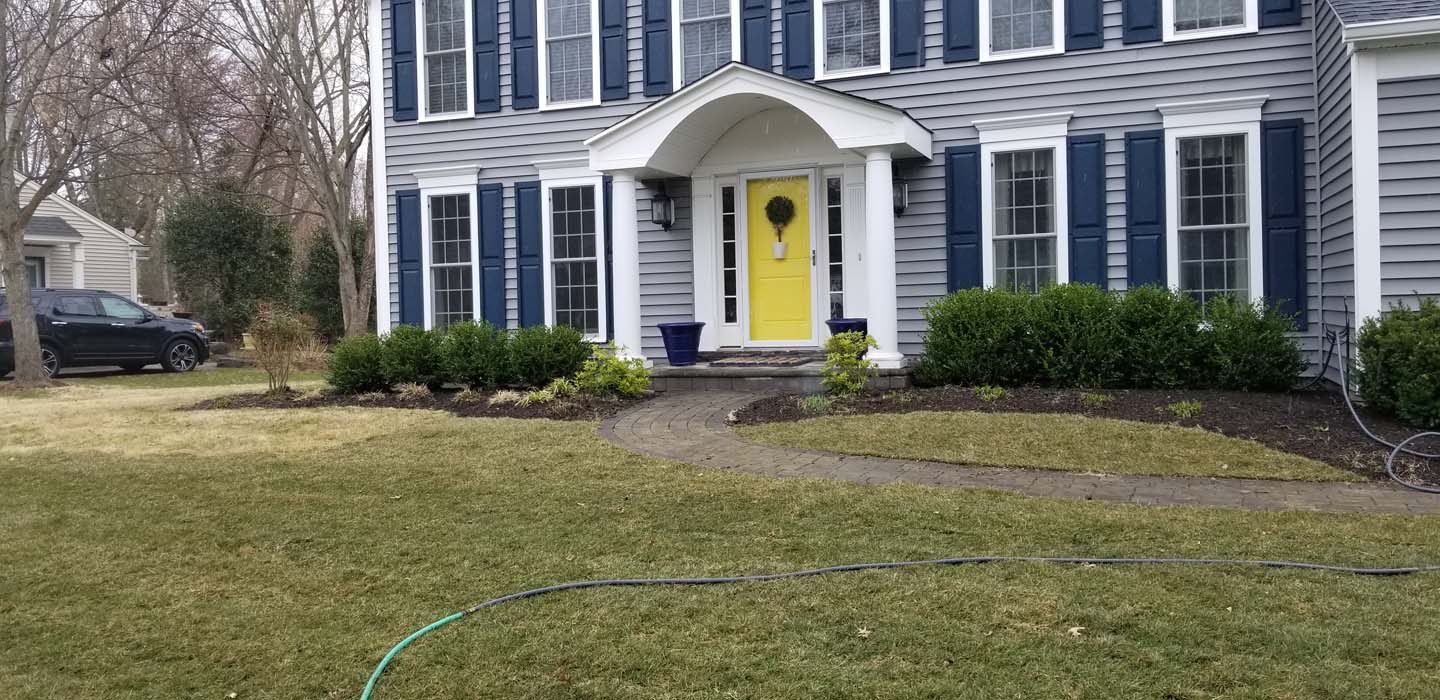This blog will help educate your audience on the pros and cons of sod installation vs. seeding, what works best with Maryland’s climate and soil types (sandy loam!), and when each option makes sense.
Here we go:
Sod vs. Seed: What’s Best for Your Lawn in Annapolis, MD?
When you’re ready to create a lush, green lawn, one of the first decisions you’ll face is this: Should you lay sod or grow from seed? At Paradise Landscape and Hardscapes, we help homeowners throughout Annapolis, MD, make informed choices based on their lawn goals, property conditions, and timeline.
If you’re not sure whether sod or seed is the better fit for your yard, we’re here to break down the pros and cons—so you can make an informed, confident decision.
🌱 Grass Seed: Affordable and Flexible
Pros of Seeding Your Lawn:
- More Affordable: Seeding costs less upfront than installing sod.
- Greater Variety: You can choose grass blends suited to your yard’s sun, shade, and soil conditions.
- Deeper Root Growth: Seeded grass can develop stronger root systems over time.
- Easier to Customize: Ideal for patch repairs, shady corners, or adding turf around hardscapes.
Cons of Seeding:
- Longer Establishment Time: You’ll need several weeks (or months) for grass to mature.
- More Maintenance Early On: Seeded lawns require careful watering and protection from foot traffic.
- Weather-Dependent: Spring or fall is ideal. Seeding in Maryland summers is risky due to heat and drought.
🌿 Sod Installation: Instant Results
Pros of Sod:
- Immediate Green Lawn: Sod gives you a finished look overnight.
- Erosion Control: Perfect for sloped yards or areas prone to runoff.
- Quick Usability: You can begin using the lawn within 2–3 weeks.
- Weed Control: Sod forms a dense layer, leaving little room for weeds to grow.
Cons of Sod:
- Higher Cost: Sod is more expensive than seed due to labor and material costs.
- Limited Grass Varieties: You’re limited to what’s available from local suppliers.
- Needs Perfect Timing: Sod must be laid quickly after delivery and requires proper soil prep.
Best Grass Types for Annapolis Lawns
Whether you’re laying sod or seeding, choosing the right grass type for Maryland’s climate is key. At Paradise, we recommend cool-season grasses that thrive in Annapolis’ sandy loam soil and temperate conditions:
- Tall Fescue: Durable, drought-tolerant, and ideal for full sun to partial shade.
- Kentucky Bluegrass: Soft texture and great color, but needs more water and sun.
- Perennial Ryegrass: Fast germination, perfect for quick patches or erosion control.
So, Which Should You Choose?
You Should Choose…If You Want…
- Sod Instant results, erosion control, or quick lawn use!
- Seed Lower cost, greater variety, and deeper root growth over time!
Still unsure? Let us help. Our team at Paradise Landscape and Hardscapes will assess your soil, sun exposure, yard usage, and budget to create a custom lawn installation plan that delivers long-term results.
Ready for a Lawn You’ll Love?
Whether you choose sod or seed, Paradise Landscape and Hardscapes is your trusted local lawn care partner in Annapolis, MD. From soil prep to installation and aftercare, we do it all—so you can enjoy a lawn that looks great and lasts.
📞 Call us today at 443-458-5588 or
💬 Request your free estimate online and let’s bring your dream lawn to life!





